
Table of Contents
- Poor Content Writing Advice and What to Do
- Tips to Write Clear and Appropriate Content
- 10 Key Elements That Your Content Must Include
- 5 Examples of Excellent Content Writing
- 6 Trending Content Tools
Whether it is a full-time, part-time or freelance opportunity, content writing is becoming an increasingly viable career path. With that in mind, we also need to recognize the increasing demand for quality. So, as much as you want to make a career out of your writing skills, it’d still be challenging to make it without proper guidance.
Unfortunately – whether it is due to lack of experience or purposeful misguidance – there is a lot of poor content writing advice out there, and we’re here to help you understand why you mustn’t follow it. This blog focuses on tips for effective writing and content writing techniques.
Let’s start with the poor content writing advice most people tend to offer fledgling writers.
Poor Content Writing Advice and What to Do
1. Only write about what you know
This may have been a great tip for effective writing back when information was hard to procure, and you’d have to spend an entire day at a library to find one measly statistic. But that’s no longer the case. Information is at your fingertips today, and confining yourself to one genre or vertical will significantly diminish your chances of making a career out of writing, especially as a freelancer.
2. Write only when you’re feeling inspired.
This is probably good advice if you’re writing poetry or a novel. But, even then, writing only when you’re feeling inspired can hinder your growth as a writer. It’s like running a tap that has been clogged for a while. The dirty water will initially flow out, but you start getting clean water.
You need to get the uninspiring ideas out of your head first, and you’ll eventually start feeling more inspired. You’re unlikely to write very much if you keep waiting for inspiration to strike.

3. Be a perfectionist
The problem with being a perfectionist is that you’ll not get anything done. There will always be ways to improve something. Of course, this doesn’t mean that you should be OK with an inadequate piece of writing! Ask yourself whether the piece conveys the intended message clearly and provides value to the reader.
4. Be as verbose as possible.
This advice is usually given so that your piece can reach the word count. But, the reality is that the client is less likely to fret about overreaching the word count and might be more concerned about its substance. If it’s absolutely necessary to increase the word count, do it by incorporating more ideas, not unnecessarily extending sentences or repeating ideas.
5. Use exceptional vocabulary
Sure, using a dictionary to make some of the words in your article pop out and impress the client is a good practice. But at the end of the day, what matters the most is that your readers understand what you’re trying to convey. Using high-level vocabulary may prevent some readers from doing that.
Tips to Write Clear and Appropriate Content
Now that you have some insight into what not to do as a writer, let’s talk about a few things you should be doing and draw up some general guidelines for content writing.
1. Know your audience
It is important to understand who the article is directed at. Depending on the recipient’s age, profession, gender, and several other characteristics, the intended message’s delivery and the content’s substance can vary widely.
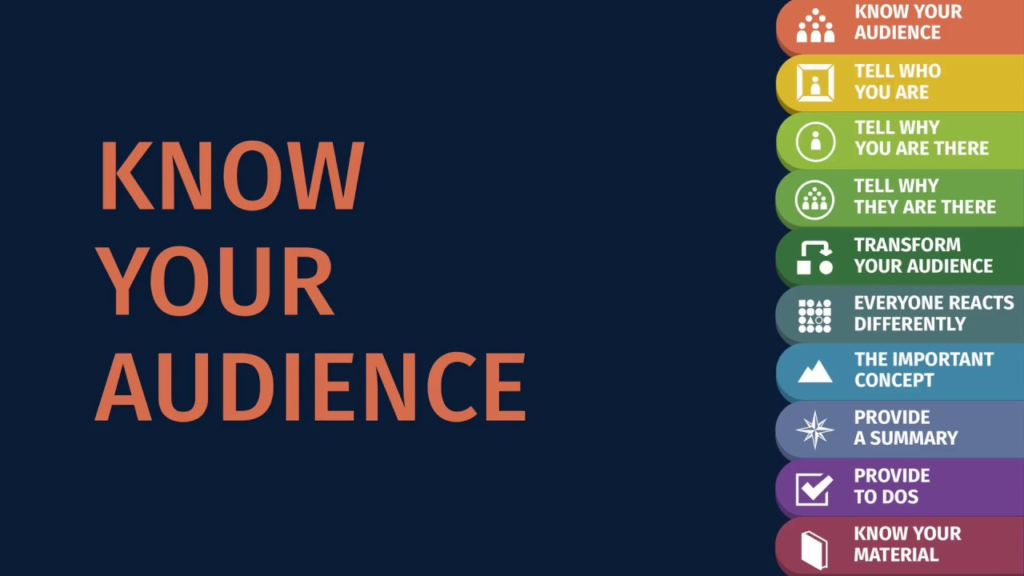
2. Understand the message
Whether you’re penning down your own ideas or the client’s, maintain a good grip over the message to be conveyed. Make the message shine through every bit of the article.
3. Tonality
One of the most important things to understand while writing an article is its intended tone. Should it be formal? Informal? Informative? Explanatory?
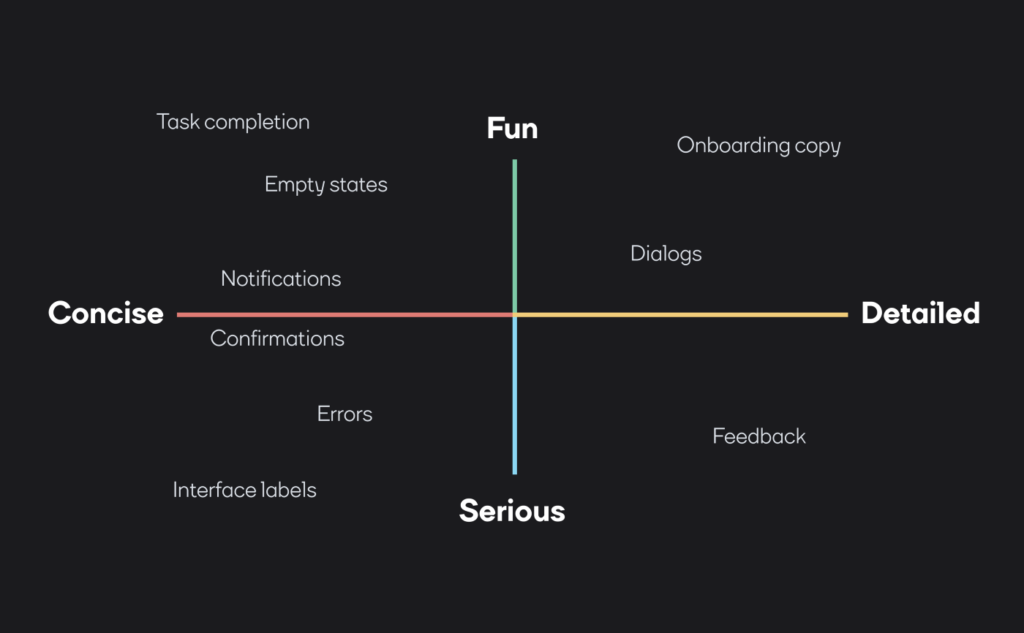
4. Narrow the focus of the article
The narrower the article’s subject, the easier it is to captivate the reader and deliver a clear message. A broad topic may not give the reader much to go by. For example, it is better to write about “top marketing tools for content creation” rather than just “Top content marketing tools.”
5. Reviewing
It is important to look at your article once it’s done. It is helpful to gauge whether the content is appropriate and easily understood from the reader’s perspective.
10 Key Elements Your Content Must Include
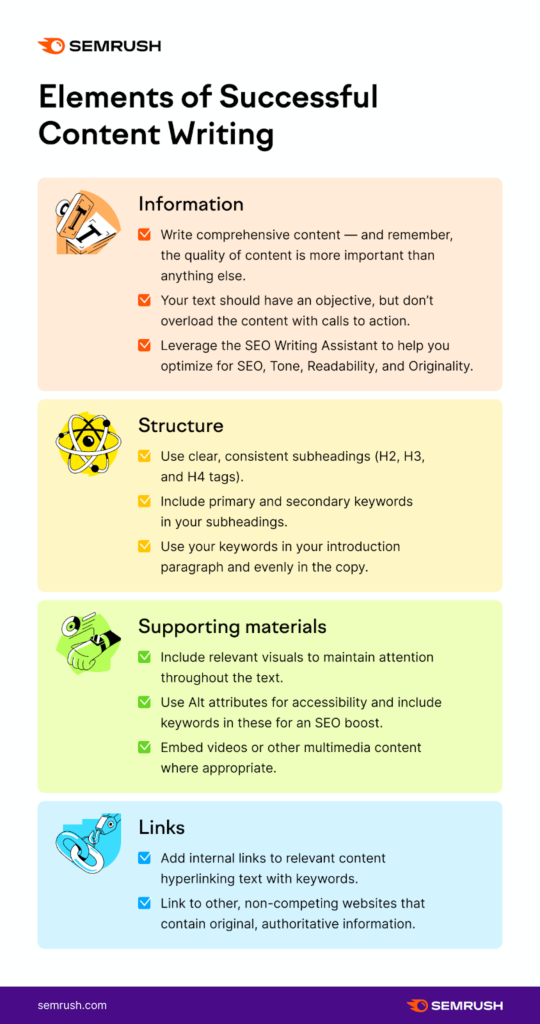
1. Research
It is essential to do your research while writing an article. You don’t want to misinform people, and neither do you want to be incompetent. Make sure you’re using reliable sources to acquire this information because there’s a lot of misinformation.
2. Links
When making specific claims or including statistics in your article, it’s important to hyperlink the statistic to the source. This is not only to improve the credibility of your work, but it also allows the reader a chance to explore the source of the statistic, should they find it interesting.
3. Grammar and spelling
It may not seem like it, but grammar and spelling are essential components of writing a good article. Lack of good grammar and spelling can give an impression of uninterestedness and be quite annoying to a reader. Using tools such as Grammarly can help address those pesky grammatical and spelling errors.
4. Images
Making your article look visually appealing is crucial to captivate the reader. It makes the piece more engaging. Just ensure that you’re using either copyright-free images or those you have paid for. You could land into some legal issues if you don’t.
5. Introduction
The introduction is the first part of your article and therefore sets the tone for the rest of it. Ensure that the introduction is substantial enough to convey the essence of the ideas highlighted in the body of the article.
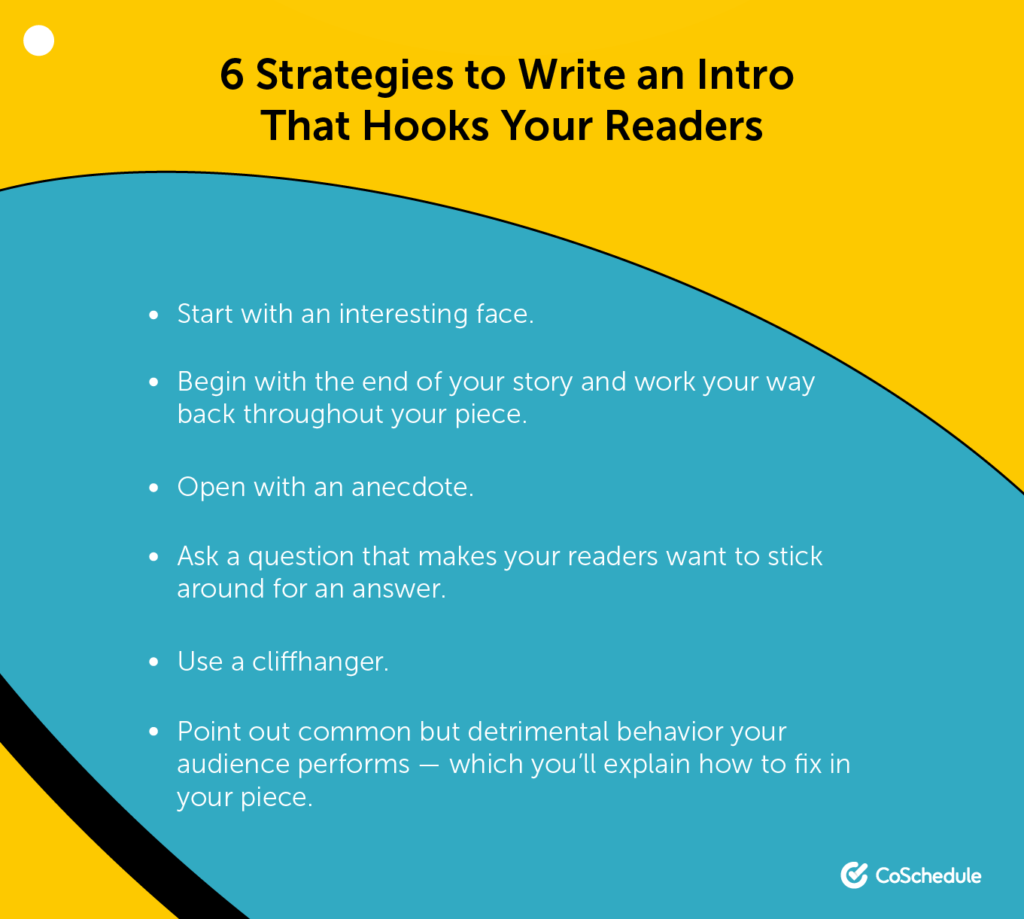
6. Conclusion
The conclusion should concisely summarize the entire article. It might be a very long article, and readers may forget the initially introduced ideas. This could help remind them of these ideas and further imprint them into their memories. Furthermore, readers are looking for a gist of the points covered in the article before reading it, and the conclusion can provide them with this information.
7. Sub-headings
Writing in long paragraphs without breaks can make an article very monotonous to read. Readers might prefer to just go through an article to look for ideas that they find interesting. Without proper subheadings, it is difficult for a reader to get the exact information that they might find helpful.
8. Originality
Originality is paramount to writing a good article. Thousands of other websites and articles may provide the same information as your article. It is your voice and your take that make the article stand out. In a world of increasing competition, uniqueness is a crucial aspect of any guide to content writing. Moreover, plagiarism may land you in hot water with the law.
9. Keywords
Keywords are, well, the key to accessing readers’ attention. SEO is a crucial part of a marketing strategy. It ensures that your article appears when users type in certain words into a search engine. You might have to conduct some research to understand which keywords are best for your article. Alternatively, there are several tools out there that can help you do this.

10. Headline
Whether on a search engine or while browsing various articles on a blog website, your article’s headline is the first thing users will notice. A catchy title will likely grab their attention and help your article gain more engagement.
6 Trending Content Tools
1. Grammarly
Grammarly is a tool that easily integrates with your device and alerts you to various grammatical errors in the text that you type. It includes punctuation, spelling, spacing, and several other factors.
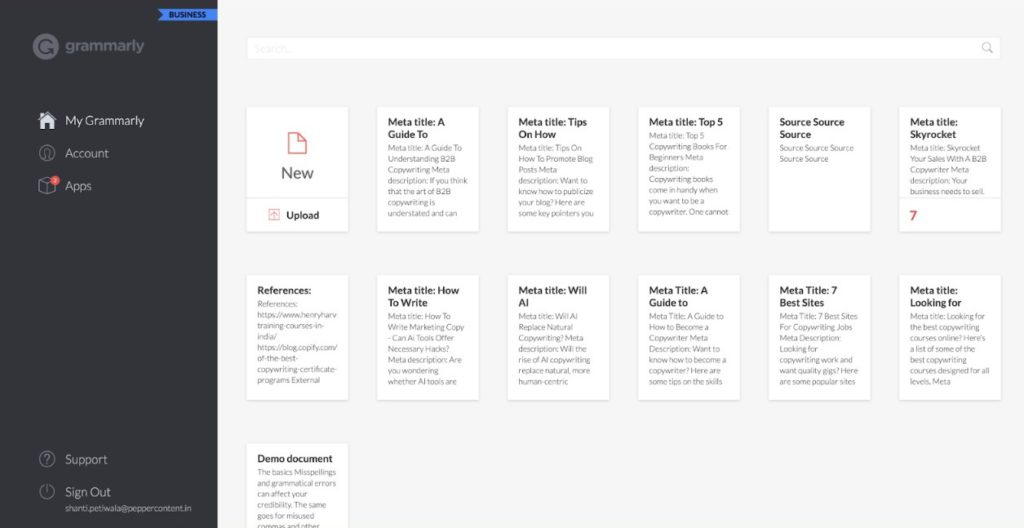
2. SEMRush
This tool has a host of incredible features, but the most relevant is its ability to analyze content to generate keywords. This can be very helpful in elevating the visibility of your articles.
3. Copyscape
Copyscape is a tool that analyzes your article for plagiarism and gives you the sources of the texts to which your article bears similarities.
4. Peppertype.ai
Peppertype.ai is a virtual content assistant that uses artificial intelligence to generate copies within seconds.

5. HubSpot’s Blog Ideas Generator
Remember how we talked about powering through moments where you’re lacking inspiration? This tool can be beneficial with that. It generates a myriad of ideas in the genre and vertical of your choice.
6. Readable
Grammar is not the only thing that turns readers off. The readability of your article, such as the presence of long, running sentences, also negatively contributes to the readers’ interests.
In Summary
You wanted content writing advice; you got it along with several examples, tools, and don’ts of the content writing world. Follow these to get started in your content writing career! Go ahead and get writing!
FAQs
Adaptability, research, SEO knowledge, Editing skills, communication.
It can be challenging as it requires several different skill sets but none of them are impossible to develop. It simply takes practice.
Content writing offers huge opportunities and can be rewarding both financially and in terms of job satisfaction.
1. Write regularly
2. Read a lot
3. Focus on developing a clear message
4. Learn how to edit and proofread
Content writing is the process of planning, writing, and editing web content, usually for digital marketing purposes.
Latest Blogs
Learn how to rank on AI search engines like ChatGPT, Perplexity, and Gemini by optimizing your content for authority, structure, and relevance. Stay ahead in AI-driven search with this strategic guide.
Explore the best healthcare SEO services for your medical practice. Improve online visibility and effectively reach more patients in need of your services.
Discover top social media agencies specializing in banking solutions, enhancing financial services and driving engagement.
Get your hands on the latest news!
Similar Posts

B2C Marketing
5 mins read
Top Choices for Best Content Marketing Services in B2B Industries

Artificial Intelligence
5 mins read
How A Lead Generation Specialist Can Use AI-Powered Content Funnels to Drive Conversions

Artificial Intelligence
4 mins read